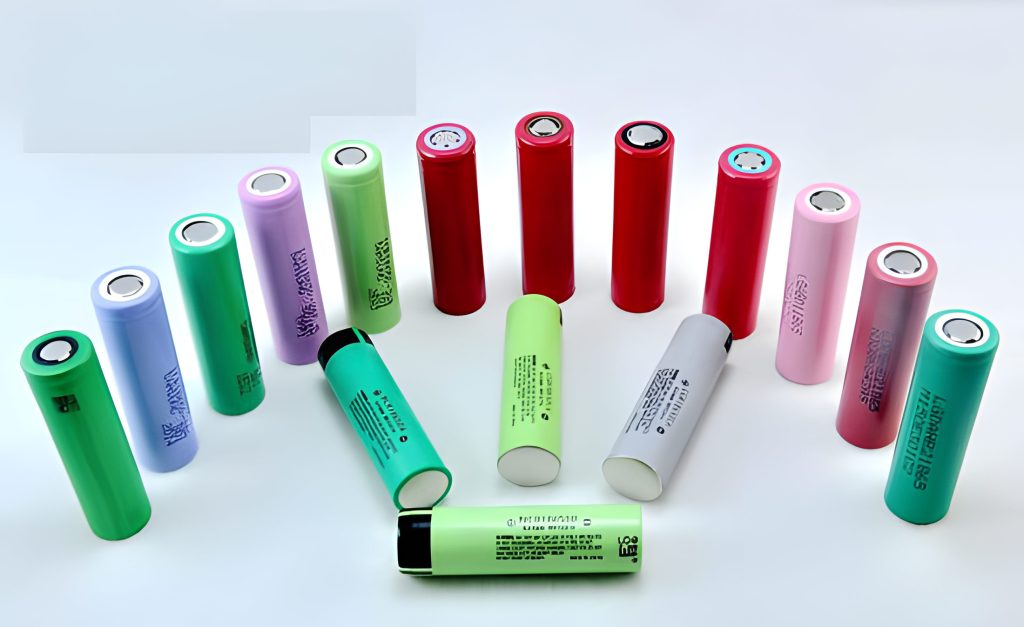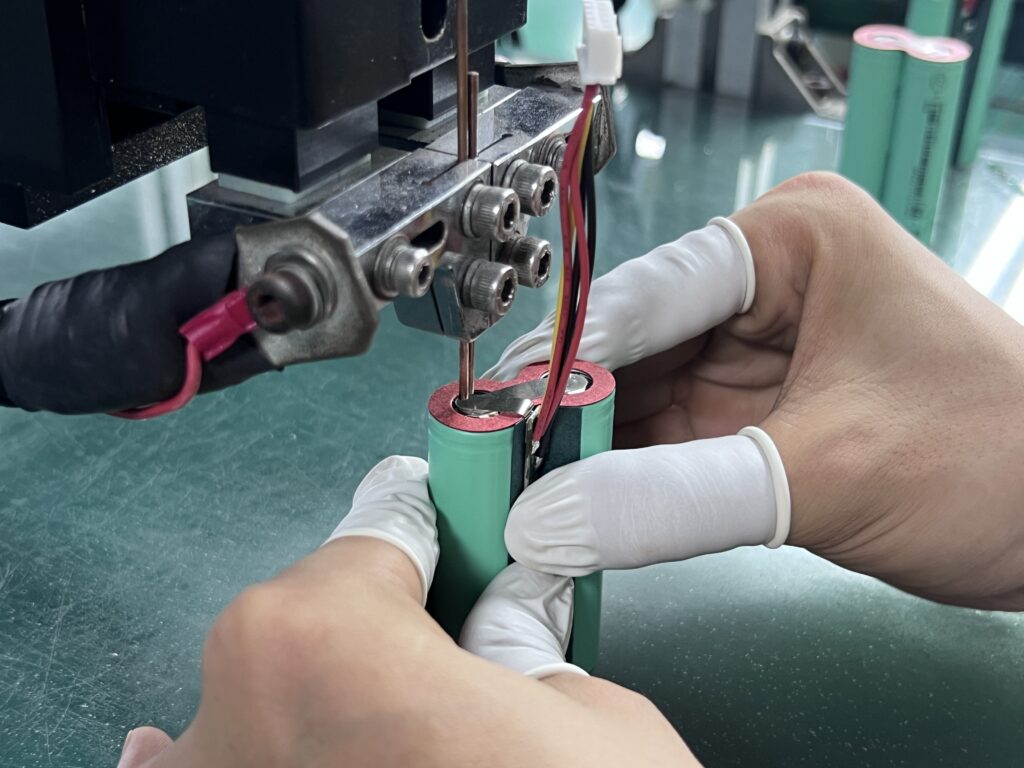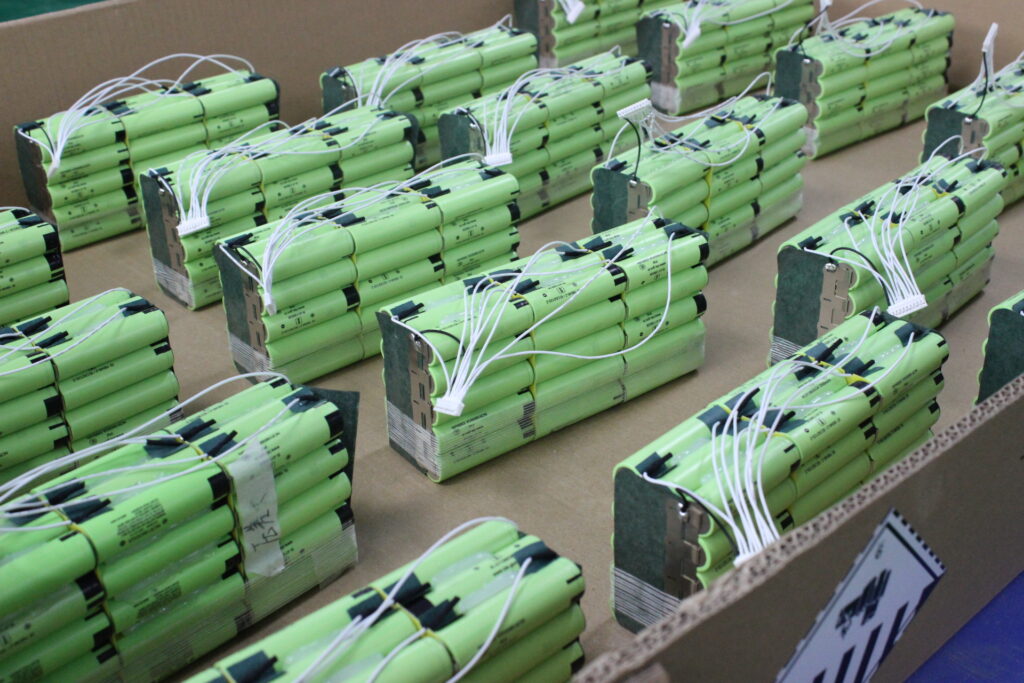If you’ve ever used a smartphone, an e-bike, or a solar power system, you’ve already relied on lithium-ion battery packs. They are small, powerful, and reliable—quietly powering our daily lives.
This guide explains what lithium-ion battery packs are, how they work, their structure, and why they have become the backbone of modern energy systems.
What Is a Lithium-ion Battery Pack?
A lithium-ion battery pack is a collection of rechargeable cells connected in series or parallel to provide a required voltage and capacity. These cells are enclosed in a solid casing that protects them from vibration, heat, and impact.
At the core of every pack is a Battery Management System (BMS). It monitors voltage, current, and temperature to ensure safe and efficient operation. Without it, the battery could overheat or lose performance quickly.

Main Components of a Battery Pack
A good battery pack is more than a pile of cells—it’s a well-engineered energy system. Each part works together to maintain performance, safety, and durability.
Battery Cells

The cells are the pack’s energy source. They come in cylindrical (18650, 21700), prismatic, and pouch forms.
Cylindrical cells are durable and affordable. Prismatic cells are compact, often used in EVs and energy systems. Pouch cells are flexible and lightweight, suitable for portable devices.
Battery Management System (BMS)
The BMS is the pack’s “brain.” It tracks every cell’s condition, balances voltage, and prevents overcharging, deep discharge, or short circuits. A reliable BMS can greatly extend the lifespan of the battery pack.
Cooling and Insulation
Temperature control is vital. High-quality packs use thermal pads, insulation films, or even liquid cooling systems to stabilize heat. Proper insulation also helps prevent internal short circuits.
Enclosure (Casing)
The enclosure provides protection and structure. It’s usually made of aluminum alloy or flame-retardant ABS plastic, balancing strength and heat dissipation. A good casing resists vibration and moisture while keeping weight low.
Connectors and Busbars
These parts connect cells and allow electricity to flow smoothly. Precision welding and high-conductivity materials reduce resistance and heat, improving overall efficiency and safety.
How Lithium-ion Battery Packs Work
A lithium-ion battery stores and releases energy through chemical reactions.
During charging, lithium ions move from the cathode to the anode through an electrolyte.
When discharging, they flow back to the cathode, generating electric current.
This back-and-forth movement of ions is reversible, allowing the battery to be recharged hundreds or even thousands of times. It’s the reason lithium-ion technology dominates today’s energy industry.
Common Types of Lithium-ion Batteries
Different chemistries lead to different performance levels, from safety to energy density.
LFP (LiFePO₄) — Lithium Iron Phosphate
LFP batteries are known for safety, long lifespan, and high temperature resistance.
They’re ideal for solar energy storage, electric vehicles, and industrial systems.
NMC (LiNiMnCoO₂) — Lithium Nickel Manganese Cobalt
NMC batteries strike a balance between energy density, performance, and cost.
They are widely used in EVs and portable power stations but require careful heat management.
NCA (LiNiCoAlO₂) — Lithium Nickel Cobalt Aluminum
NCA batteries offer very high energy density and power output, suitable for high-end EVs and aerospace applications.
However, they are more expensive and require advanced cooling systems.
LCO (LiCoO₂) — Lithium Cobalt Oxide
LCO batteries are compact and powerful, making them popular in smartphones and laptops.
Their shorter lifespan and lower stability make them less suitable for heavy industrial use.
LTO (Li₄Ti₅O₁₂) — Lithium Titanate
LTO batteries are extremely safe, charge quickly, and work well in cold conditions.
They are used in buses, UPS backup systems, and defense applications.
How a Battery Pack Is Made
Manufacturing a lithium-ion battery pack requires precision at every step.
It begins with sorting and testing cells to ensure they have consistent voltage and internal resistance.
These cells are then assembled into modules, connected in series or parallel according to the required voltage and capacity.

After the BMS is installed, spot or laser welding connects the cells with nickel or copper strips.
The entire module is placed into an insulated casing with protective materials.
Finally, the pack is tested for charge-discharge efficiency, vibration resistance, and thermal stability before shipment.
High-end factories even simulate real operating conditions to guarantee long-term reliability.
Advantages of Lithium-ion Battery Packs
Lithium-ion battery packs combine high energy density, light weight, and long service life.
They can store more energy in a smaller space, making devices smaller and more efficient.
Compared with traditional lead-acid batteries, they charge faster, require less maintenance, and last longer.
A well-made lithium pack can handle thousands of cycles with minimal capacity loss.
Applications Across Industries
Lithium-ion battery packs are everywhere.
In transportation, they power electric cars, bikes, and scooters.
In renewable energy, they store solar and wind energy for homes and factories.
Consumer electronics like smartphones, laptops, and drones rely on them for compact, stable power.
In industrial use, they support forklifts, UPS systems, and telecom base stations.
Medical and defense sectors depend on them for high-reliability backup power.
Key Factors That Define Quality
The performance of a battery pack depends on the consistency of its cells, the precision of its BMS, and the craftsmanship of its assembly.
Top manufacturers use branded cells from Samsung, LG, EVE, or Molicel to ensure stability and safety.
Good thermal design keeps temperature uniform, preventing premature aging.
Proper welding, insulation, and layout are essential to avoid failures.
Certifications such as CE, UN38.3, UL, and IEC62133 show that the pack meets international safety standards.

Safety — The Core of Every Design
Safety is the heart of every lithium-ion battery pack design.
A reliable BMS monitors all key parameters and disconnects power instantly if abnormal conditions appear.
Thermal pads, insulation layers, and sturdy casings keep the pack stable even under vibration or high temperatures.
Most failures are caused by low-quality materials or improper assembly, not by the technology itself.
Choosing certified, experienced manufacturers is the best way to ensure a safe and long-lasting power solution.
Future Trends in Lithium-ion Technology
The lithium-ion industry is evolving rapidly.
Solid-state batteries promise higher energy density and better safety.
Fast-charging technologies are cutting charge times to under 15 minutes.
New chemistries are extending cycle life beyond 5000 cycles.
IoT-enabled battery systems allow remote monitoring and predictive maintenance.
Recycling technologies are improving sustainability across the supply chain.
The future of lithium-ion batteries is smarter, cleaner, and more efficient.
Conclusion
Lithium-ion battery packs have become the foundation of modern energy systems.
They power everything from personal devices to industrial grids, combining efficiency, reliability, and versatility.
A great battery pack balances chemistry, design, and safety.
When sourcing one, always choose manufacturers with proven engineering capability, certified quality, and real-world experience.




